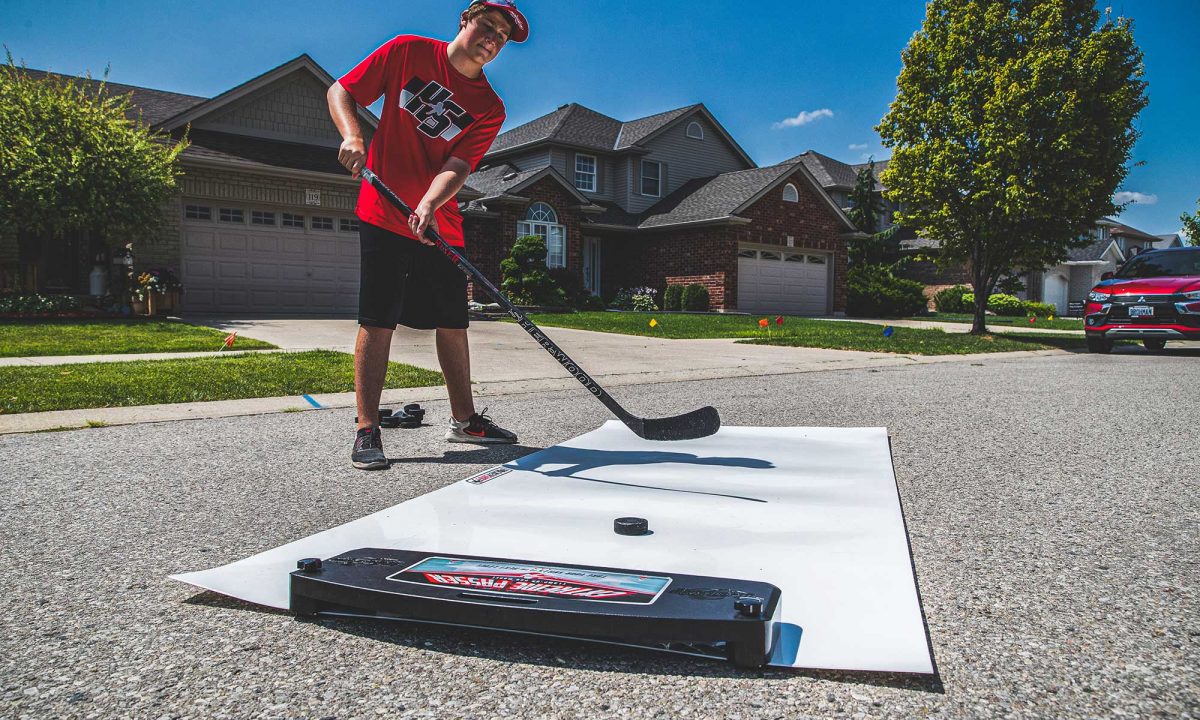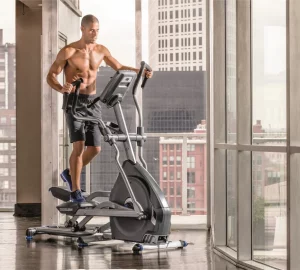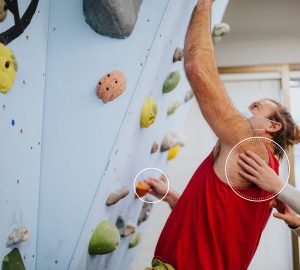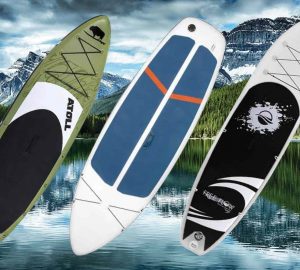The off-season is a critical period for hockey players to enhance their strength, power, and overall physical conditioning. Proper strength training during this time can significantly impact performance when it matters most – on the ice. By incorporating targeted exercises and following a strategic training plan, players can boost their strength, speed, agility, and endurance, giving them a competitive edge come game time. In this article, we will explore essential off-season strength training tips specifically tailored for hockey players, helping them elevate their performance and dominate the game.
With early specialization as the dominant model in today’s youth hockey system in Canada (and virtually everywhere else in the world), the pyramid of optimal sport development is often applied in reverse order. Most youth hockey players have had significantly more sport specific practice and skill work than either of the other 2 levels at early ages. In an ideal system (one that would minimize injuries and burnout while maximizing long term athletic performance, skill, and enjoyment), early movement training would be implemented and movement would be optimized before anything else in an athlete’s development. This can be achieved at an early age (<8 yrs old) while continued work on movement should always be included in an athlete’s training program. Strength and conditioning work is critical for both injury prevention (can lower incidence of serious injury by as much as 2/3) and for optimal athletic performance.
Recent research (Faigenbaum et al. 2014) looked at the optimal age to start appropriate strength and conditioning activities to maximize athletic potential throughout life. 4 groups were studied:
- Strength and conditioning activities initiated during pre-adolescence
- Strength and conditioning activities initiated during adolescence
- Sport only
- No strength and conditioning or sport
Neuromuscular performance potential was significantly higher in those who started training in pre-adolescence followed by those who started in adolescence and then by those who played sports only. The no training/no sport group (not surprisingly) did the worst. The most interesting and possibly surprising finding was that those who started training earlier saw improvements in mature neuromuscular performance potential and were never caught by the other groups. In other words, kids who start working on the performance box (from the above graphic) at an early age increase their adult athletic potential to a level that cannot be matched by those who don’t get this head start. Those athletes who began strength and conditioning during the adolescent period still saw mature neuromuscular performance potential well above that of those who opted for “more sport” only. The take home message here is clear…start appropriate strength and conditioning early to optimize performance in the short term but, more importantly, to raise the lifelong ceiling for performance in all athletic pursuits.
Training should focus on improving all athletes’ strength (the ability to produce force is critical to all sport performance), power (also known as speed strength or rate of force development), and metabolic conditioning (short, medium and long term endurance). No athlete has ever been told they were too strong, too fast, or too fit!
Strength training should include loaded movement and traditional and non-traditional resistance training using body weight and external loads. Power training includes explosive body weight movements (lower and upper body plyometrics), select explosive weightlifting movements (once an adequate strength base is achieved), and track work. A recent study showed that professionally designed plyometric training programs improve neuromuscular control, muscle strength, muscle-tendon stiffness, and bone density while decreasing injury risk. Metabolic training can be achieved using a variety of apparatus and exercises including but not limited to track work, bike work, and sled work.
Injury prevention has already been mentioned but it is worth repeating here that a reduction of 40-70% in incidence of serious sport related injury can be achieved through consistent, professionally designed and monitored strength, conditioning, and neuromuscular movement training. It is also worth considering the value of primary prevention (prevention of first injury) especially as it relates to the knee. A recent study showed that younger athletes who have had an ACL reconstruction and return to their sport had a 35 times higher likelihood of a second ACL injury than an uninjured adolescent! The take home from this is that we need to do everything in our power to prevent first ACL injuries in our developing athletes!
- Set Clear Goals: Before embarking on any off-season training program, establish specific goals to guide your efforts. These goals may include increasing strength, improving speed and acceleration, enhancing power for explosive movements, building endurance, or addressing specific weaknesses in your game. Clearly defined goals will help you stay focused and motivated throughout your training journey.
- Develop a Comprehensive Strength Training Plan: Design a well-rounded strength training program that incorporates exercises targeting the major muscle groups involved in hockey movements, such as legs, core, upper body, and stabilizer muscles. Key components of a hockey-specific strength training plan include:
- Resistance training: Incorporate exercises such as squats, deadlifts, lunges, bench presses, rows, and shoulder presses to build overall strength.
- Plyometrics: Include explosive exercises like box jumps, depth jumps, and lateral bounds to improve power, agility, and quickness.
- Core strengthening: Focus on exercises that target the abdominal, oblique, and lower back muscles to enhance stability, balance, and rotational power.
- Functional movements: Integrate exercises that simulate on-ice movements, such as lateral lunges, single-leg exercises, and rotational exercises, to improve sport-specific performance.
- Emphasize Lower Body Strength: The lower body plays a crucial role in hockey, providing stability, power, and speed. Prioritize lower body exercises to build strength and explosiveness:
- Squats and variations: Incorporate back squats, front squats, and split squats to develop lower body strength and stability.
- Deadlifts and variations: Include conventional deadlifts, sumo deadlifts, and single-leg deadlifts to target the posterior chain and improve power.
- Plyometric exercises: Integrate exercises like squat jumps, box jumps, and lateral bounds to enhance explosive leg power.
- Don’t Neglect Upper Body Strength: While lower body strength is vital, upper body strength and stability are also essential for hockey players:
- Bench press and variations: Perform bench presses, dumbbell presses, and push-ups to build upper body strength and pushing power.
- Rows and pull-ups: Incorporate exercises like bent-over rows, cable rows, and pull-ups to strengthen the back and improve pulling strength.
- Core and shoulder stability: Include exercises like planks, Russian twists, and shoulder presses to enhance core strength and shoulder stability.
- Focus on Speed and Agility Training: Incorporate speed and agility drills into your training routine to improve quickness and on-ice agility:
- Shuttle runs: Set up cones or markers to simulate quick changes of direction, accelerating and decelerating.
- Ladder drills: Perform ladder drills to improve foot speed, coordination, and agility.
- Sprints: Include short sprints of various distances to enhance speed and acceleration.
- Agility ladder drills: Utilize agility ladder exercises to improve footwork, lateral quickness, and change of direction.
- Prioritize Rest and Recovery: Remember that proper rest and recovery are integral to achieving optimal results. Allow time for adequate sleep, proper nutrition, and active recovery techniques like foam rolling, stretching, and mobility exercises.
Maximal gains in strength and metabolic fitness can be achieved with more frequent weekly training sessions and this should be prioritized during hockey’s offseason. Rest is important so training sessions focused on the same performance parameters should not be conducted every day but upping the training frequency in the offseason from once or twice per week to 3 or 4 times per week can yield maximal results in the limited time available before competition resumes. In order to prevent regression (loss of offseason gains) during the competitive season, it is strongly recommended that a frequency of 1-2 sessions per week be maintained in-season.
Stronger really is better!!









